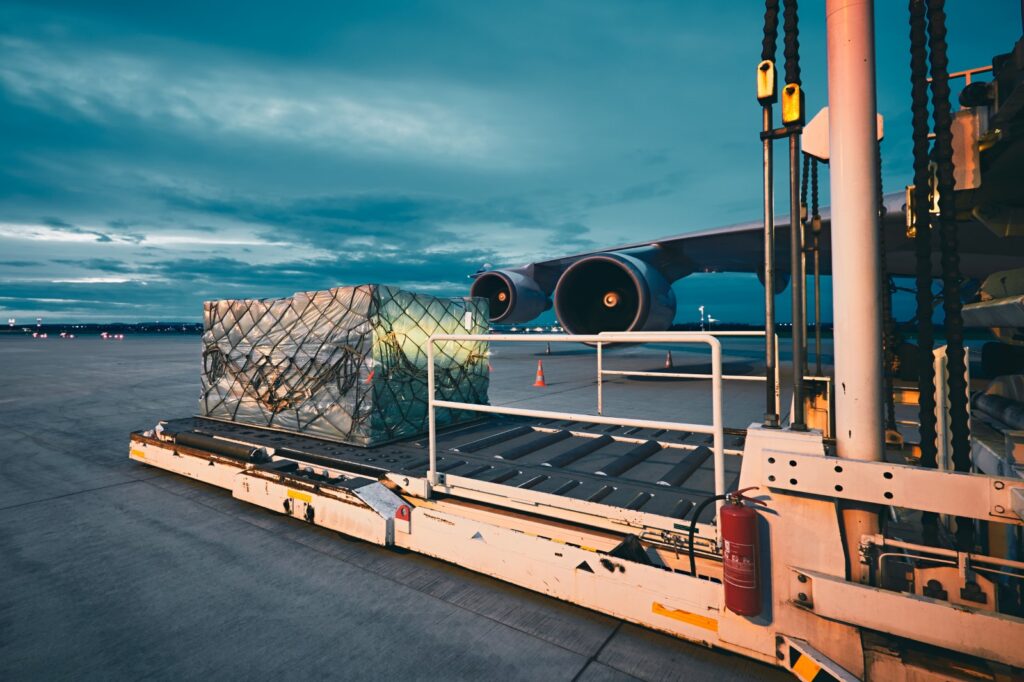Discussions between the Biden Administration and Capitol Hill about U.S. infrastructure investments are ongoing. If a compromise is reached and a plan enacted, there will surely be funding for programs to enhance sustainability at airports. While in the past such funding has been allocated for enhancing passenger safety, airport passenger capacity and environmental concerns, U.S. airports require far more government investment and support, particularly on the logistics side. Historically, federal funding has been fully concentrated on passenger movement. However with COVID-19 shifting market fundamentals towards long-term air cargo growth, airport cargo infrastructure is in need of critical enhancements to sustain current and future demand. Federal funding and private capital will need to work together to achieve success in the airport logistics space.
- 80%: More than 80 percent of ecommerce goods are shipped via air, and the volume will only increase. However, the cargo facilities at gateway airports are functionally obsolete and many were built by carriers for single tenant use at a time when delivery trucks were smaller, and the airside ramps were designed to handle smaller aircrafts.
- Incentives Needed: Private developers can optimize construction costs through a creative use of debt and equity coupled with diligent management and experience to provide a best-in-class product for the airport and its users. With the proper incentives for private support of airport growth initiatives, the resources needed to manage and operate airports can be allocated efficiently and effectively to create the best administrative and user experience.
- Air Cargo Supports Environmental Sustainability: For air cargo buildings, sustainability will be driven by modern, low emission vehicles, green/net zero buildings and alternative energy sources such as solar power.
- Solution: Without proper lease terms and public-private partnerships facilitated by federal funds, these projects are not feasible and will result in a comparative disadvantage to supply chain infrastructure at other airports and within other countries.
While there has been progress in implementing new air cargo design components such as enhanced cargo security, adaptive automation, environmental sustainability, advanced mobility, utilization of smart equipment and integrated transparent connectivity within cargo facilities, these concepts have yet to be widely implemented and still require significant investment by key stakeholders and additional assistance through federal funding. The Biden Administration has made it clear that sustainability and the climate will be at the heart of the president’s agenda and the aviation industry is critical in making that vision a reality. With Boeing projecting 4% average annual growth in air cargo over the next 20 years, air cargo facilities will be integral to both environmental sustainability efforts in the aviation industry and improving the nation’s infrastructure to meet future demand and compete with logistics operations on a global scale.
Read the full thought memo here.


